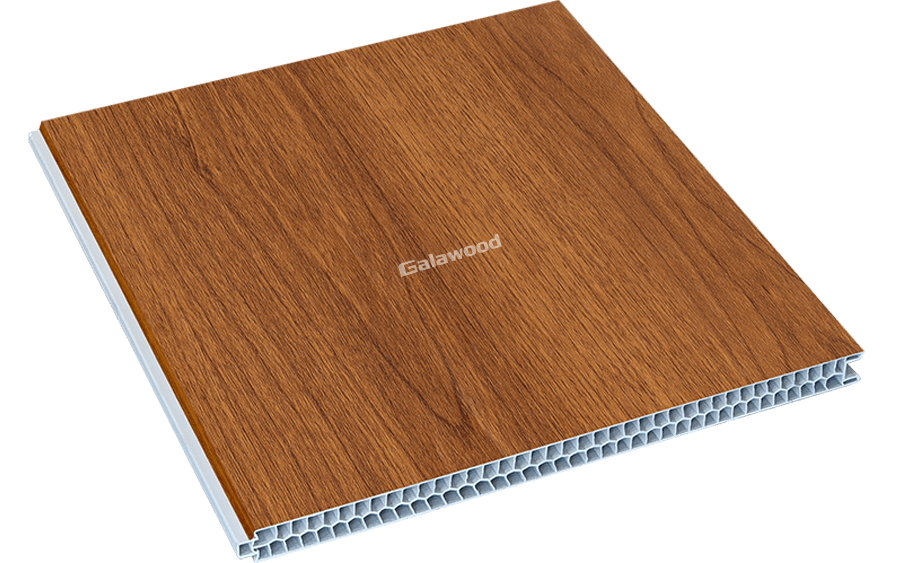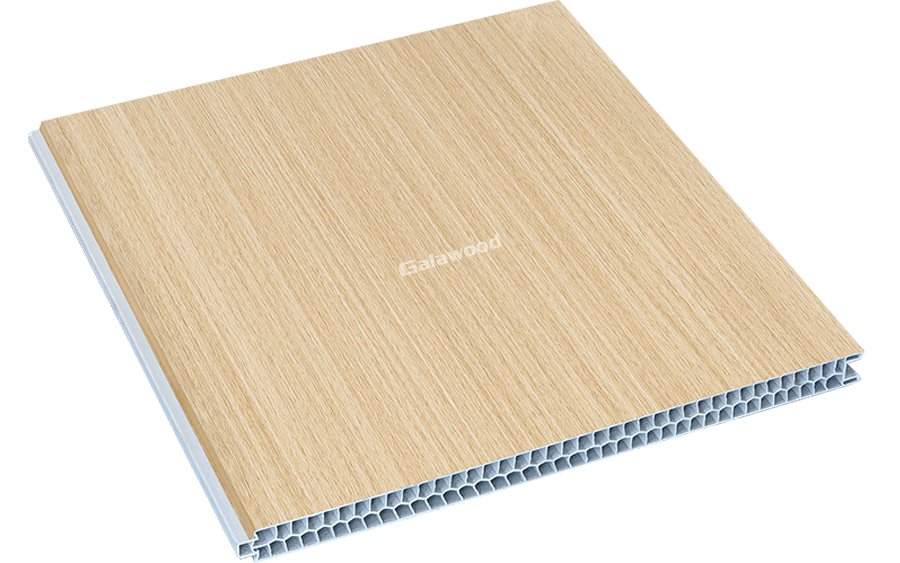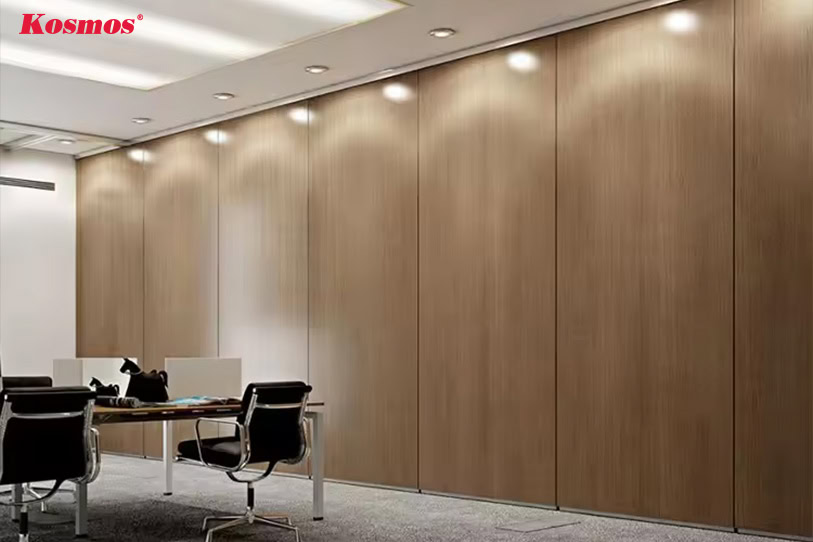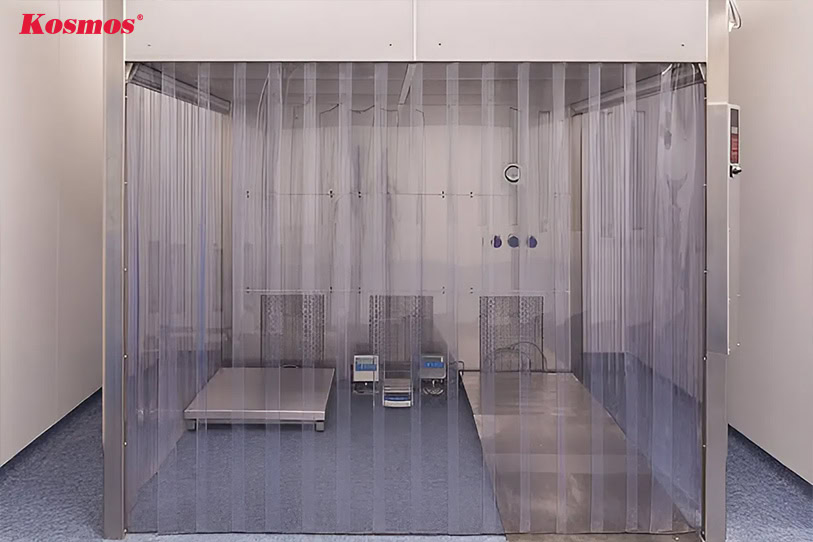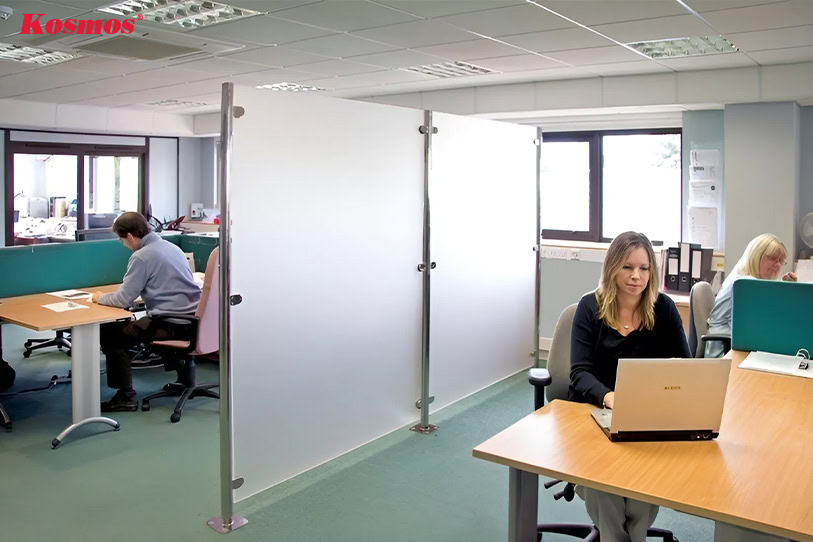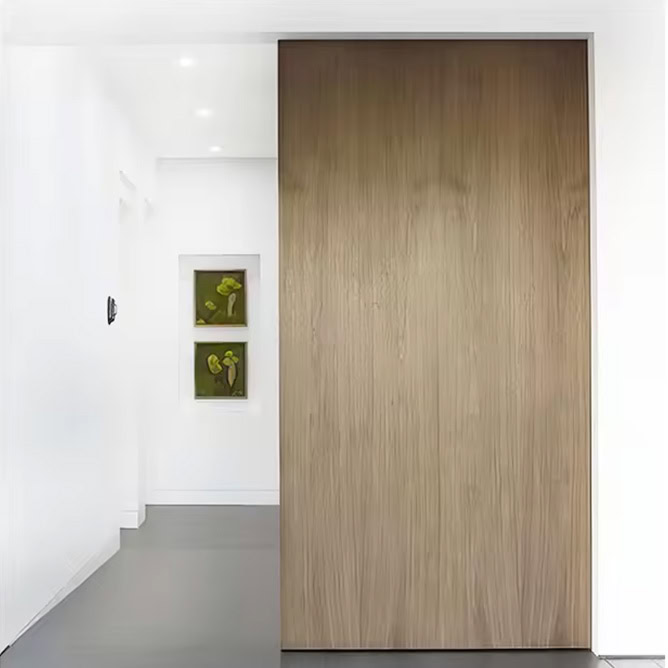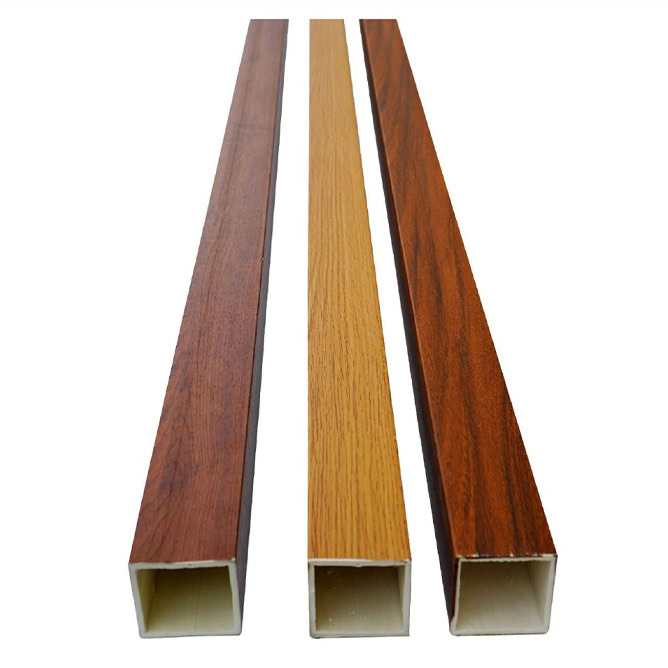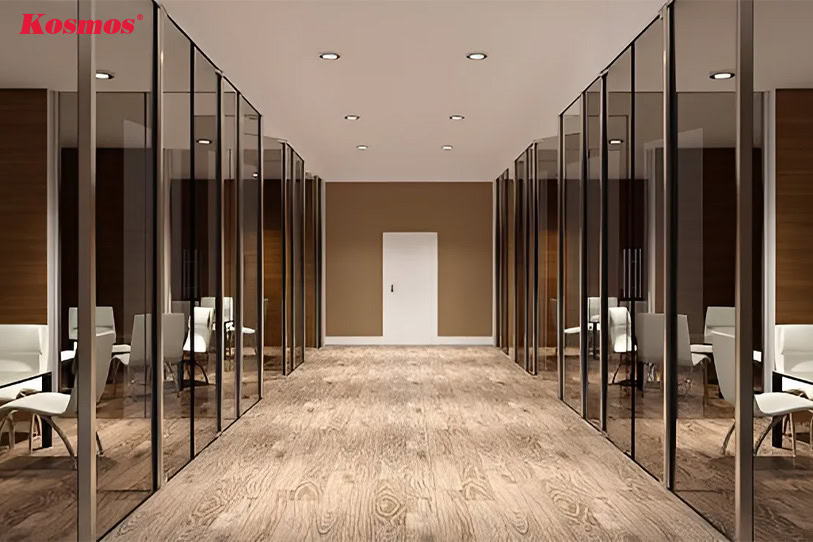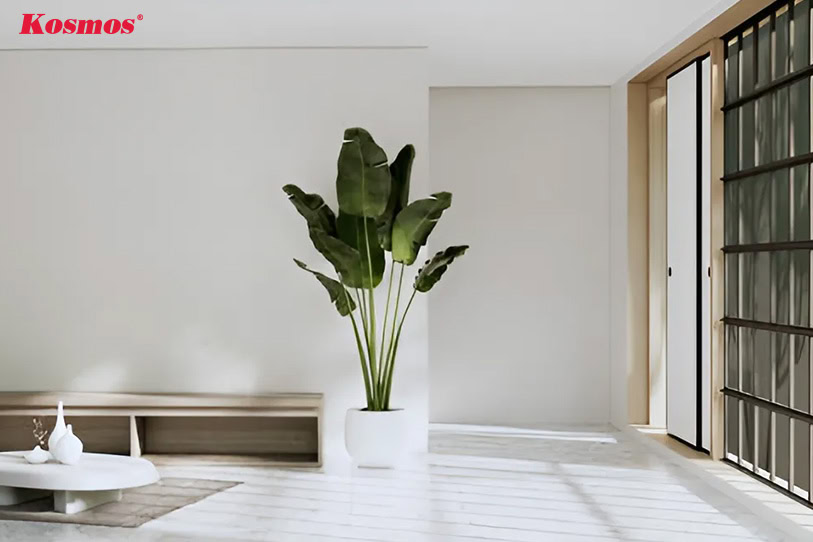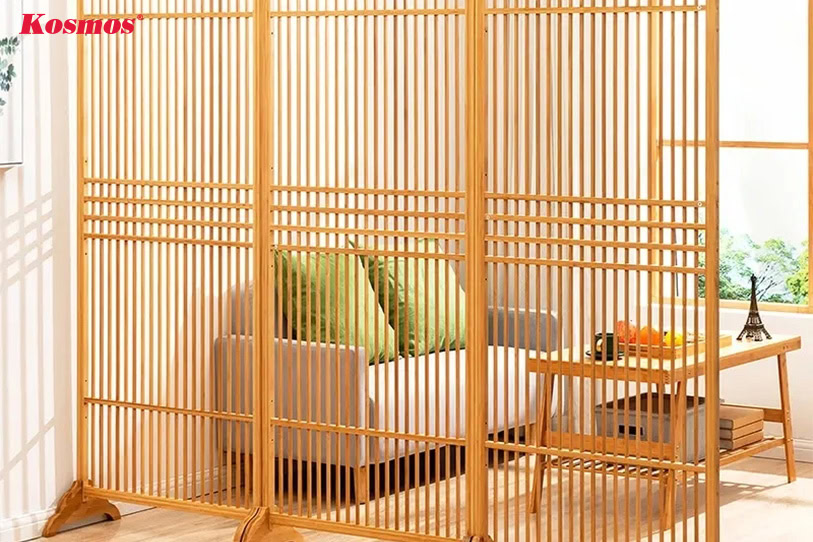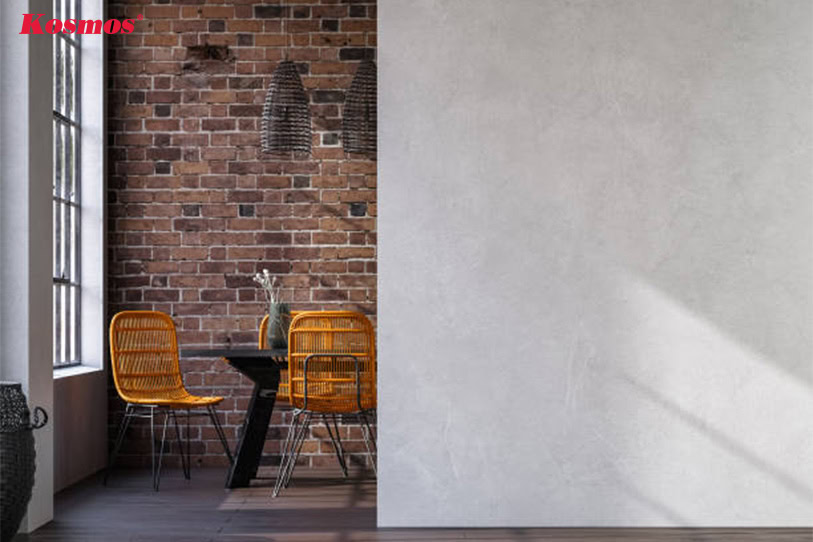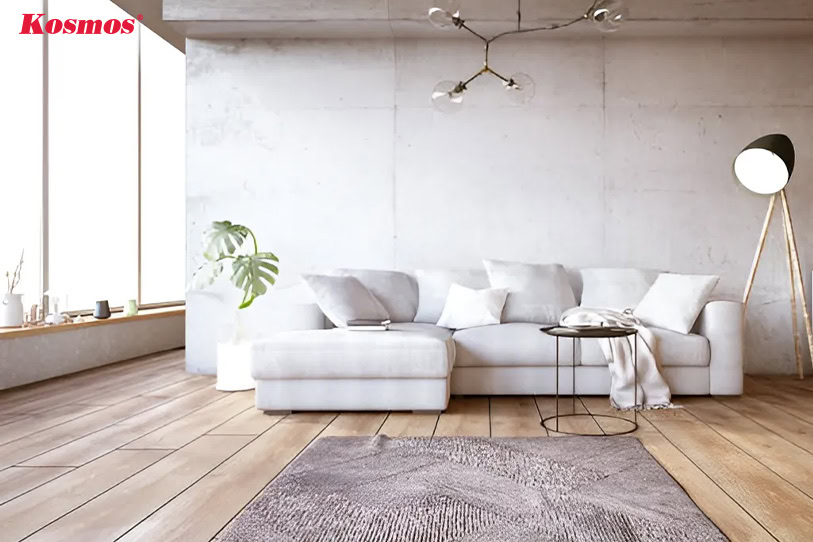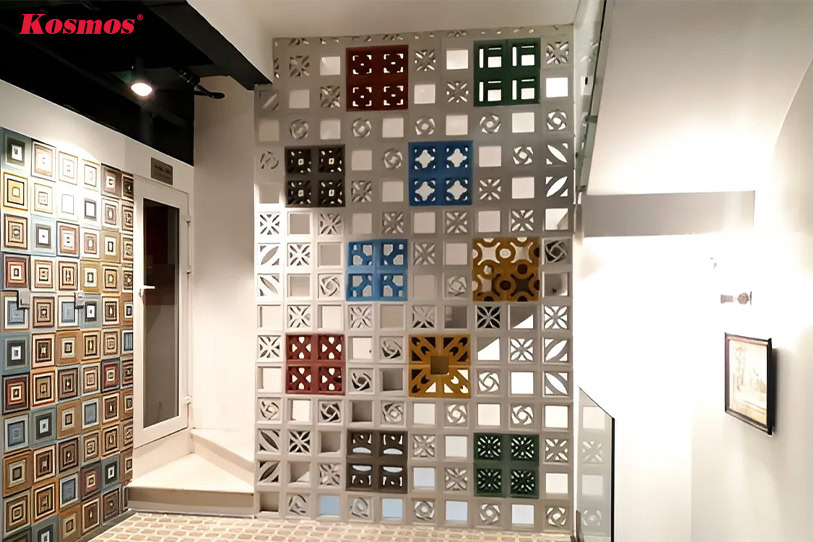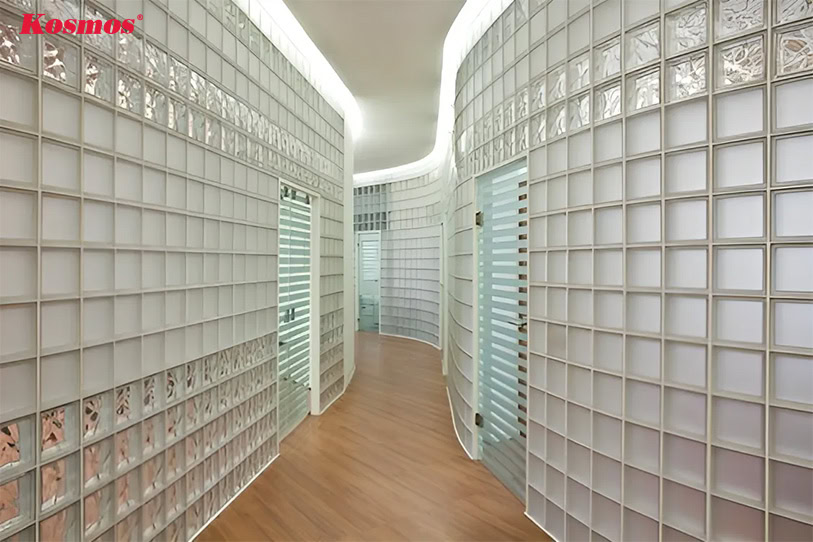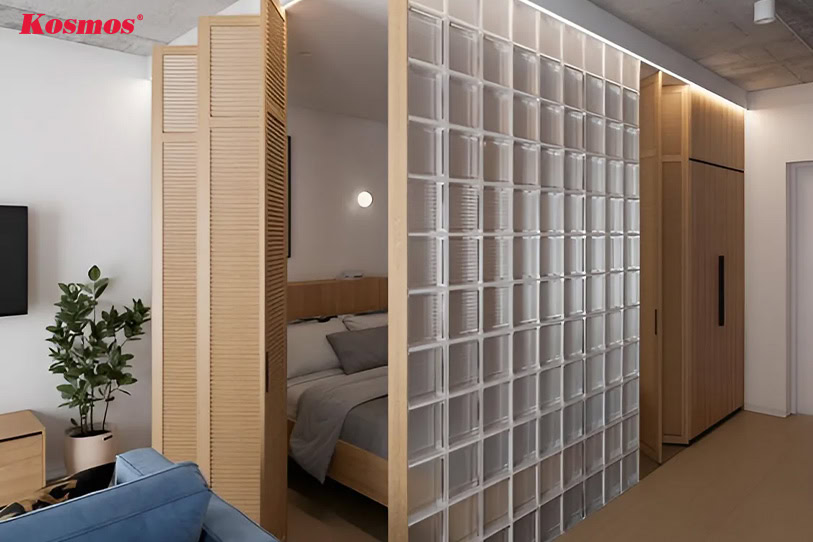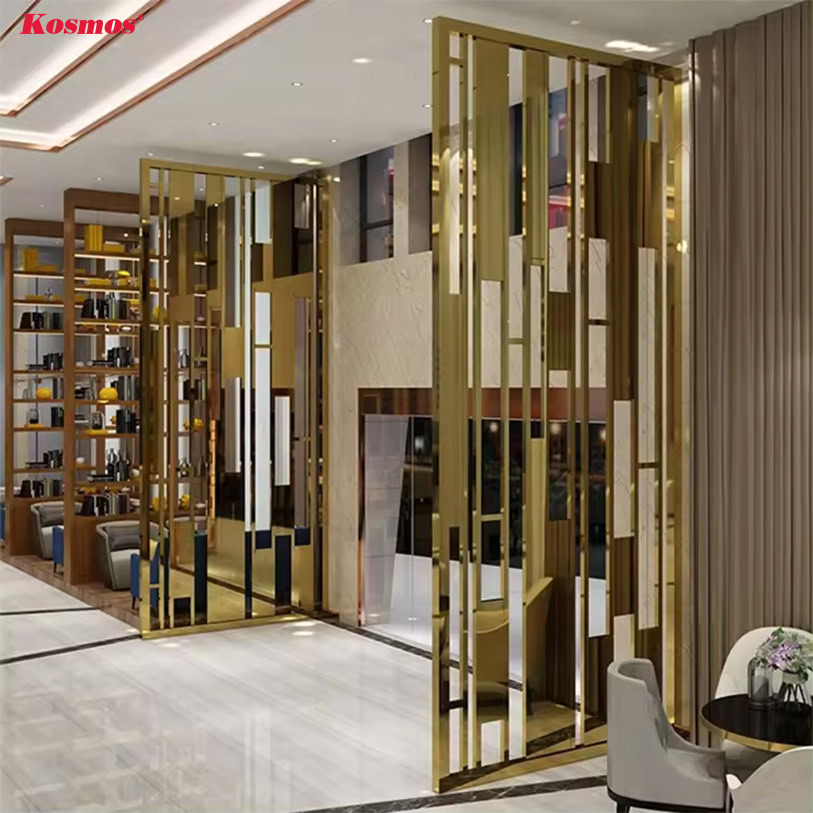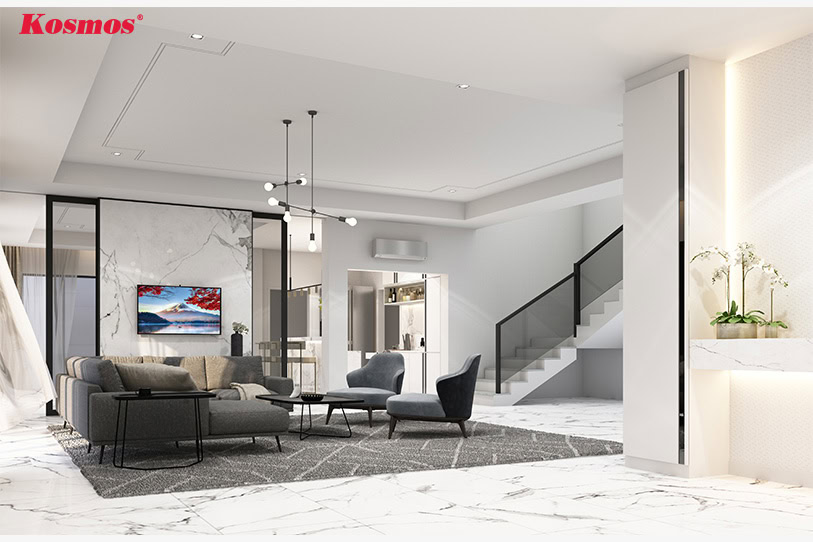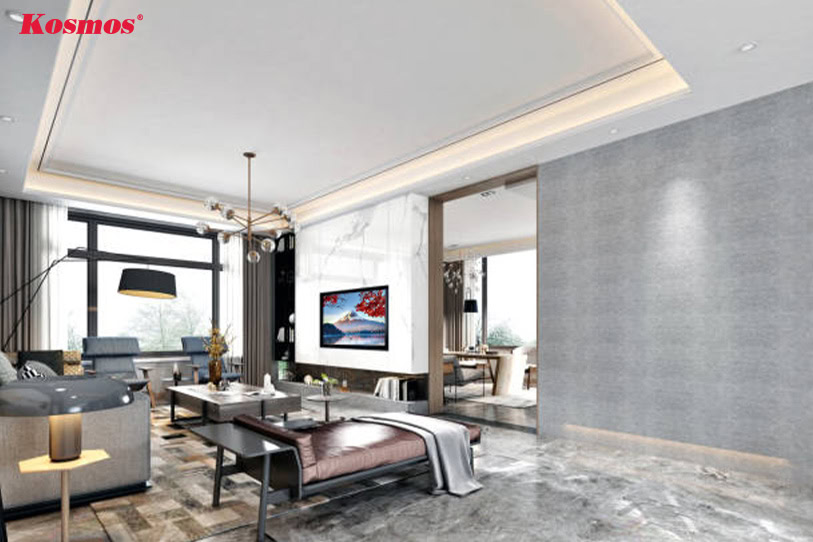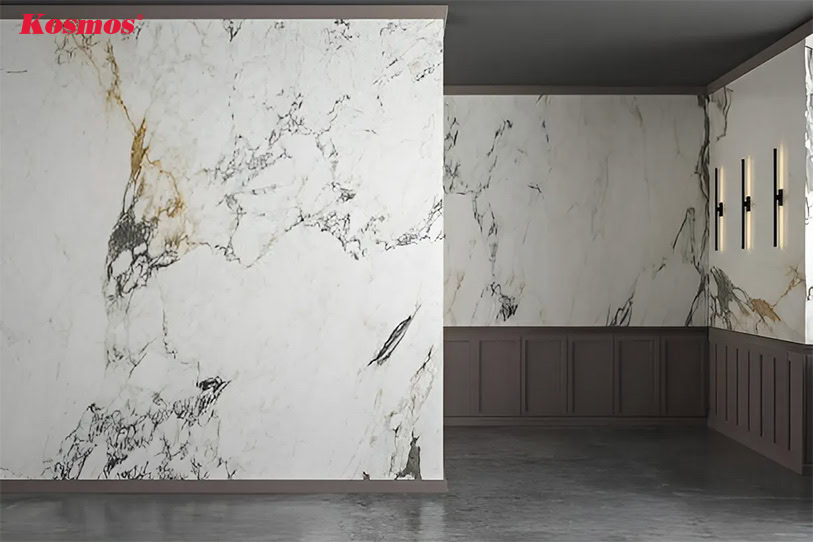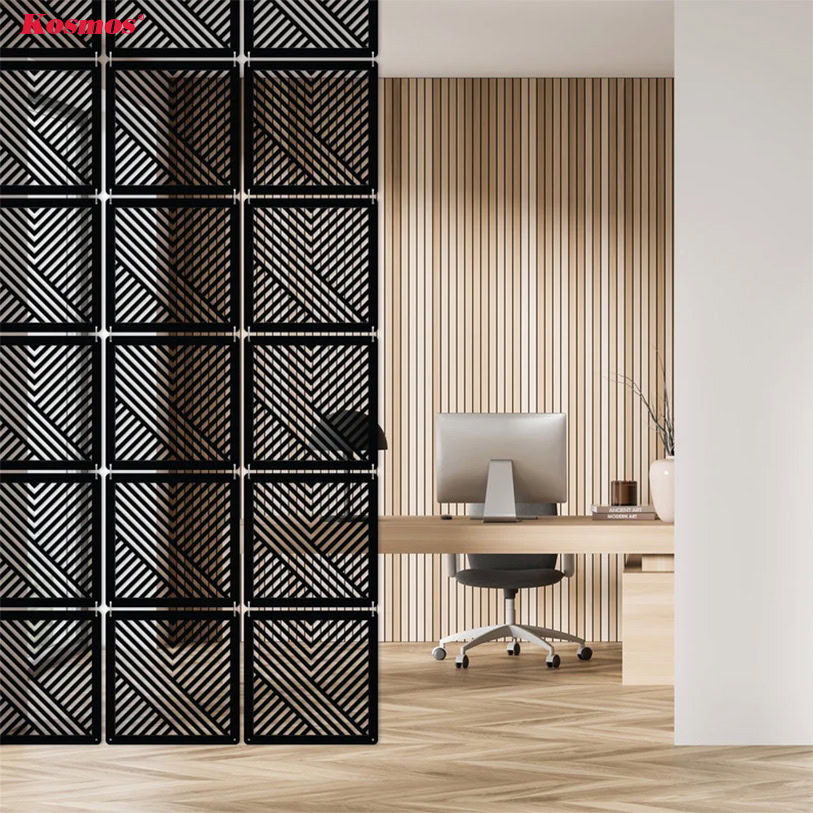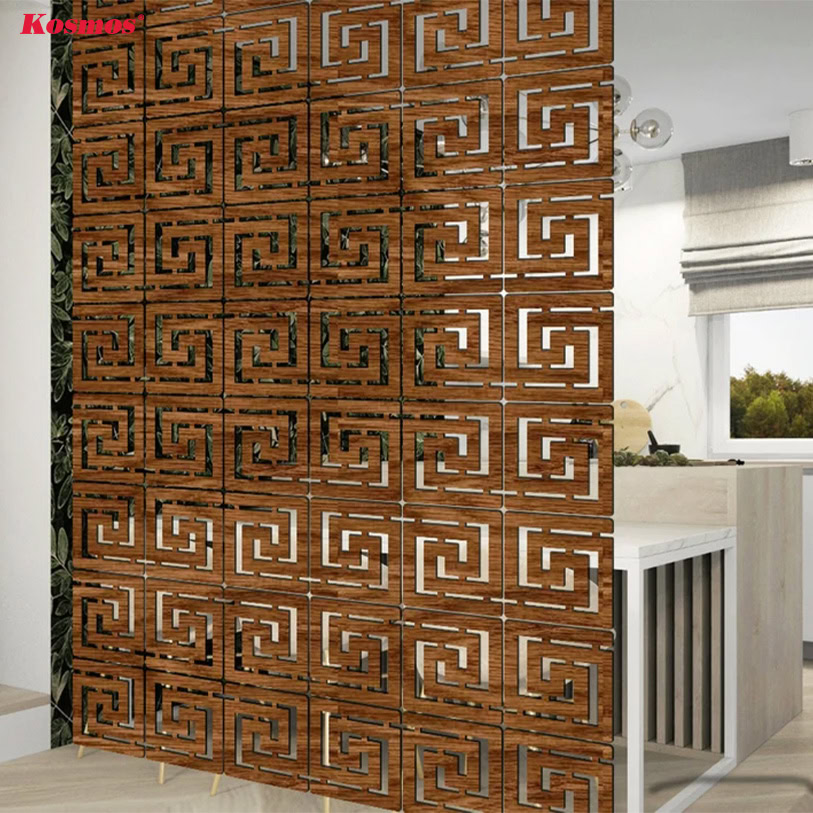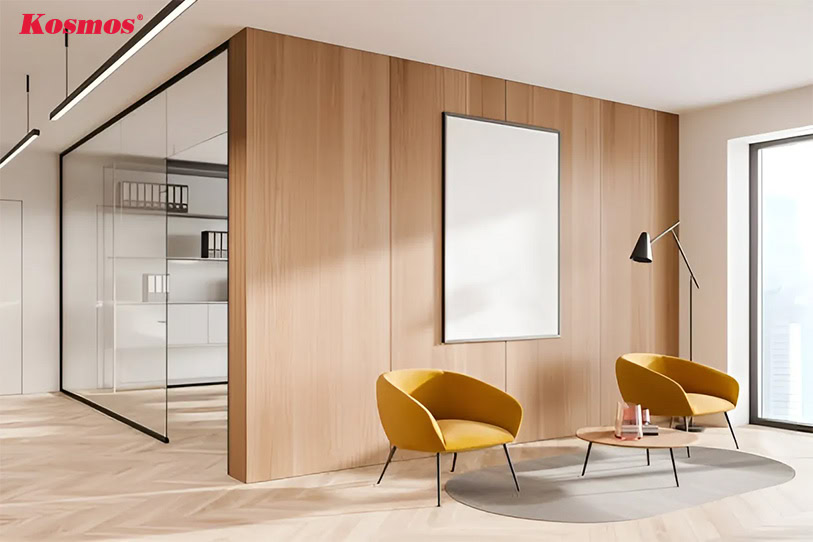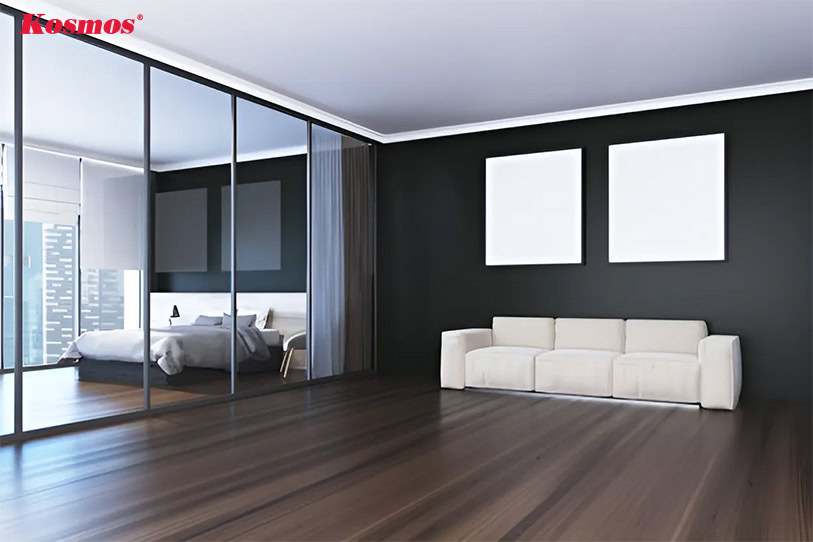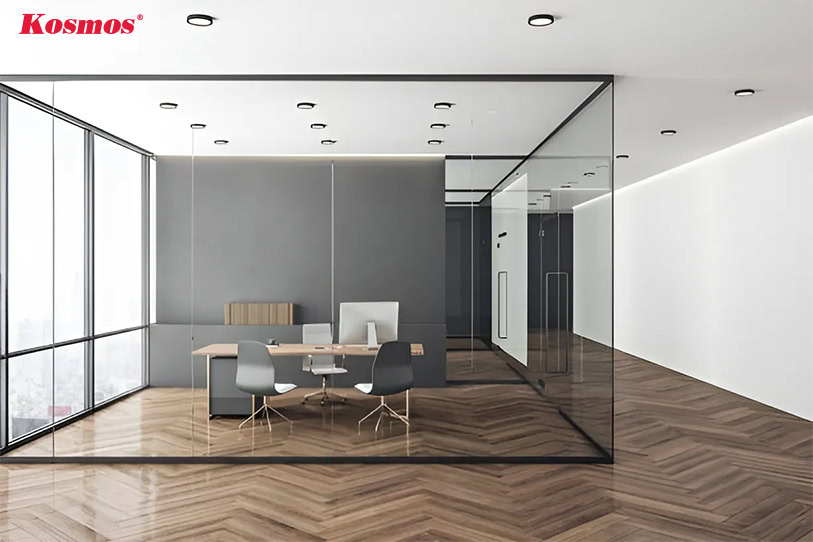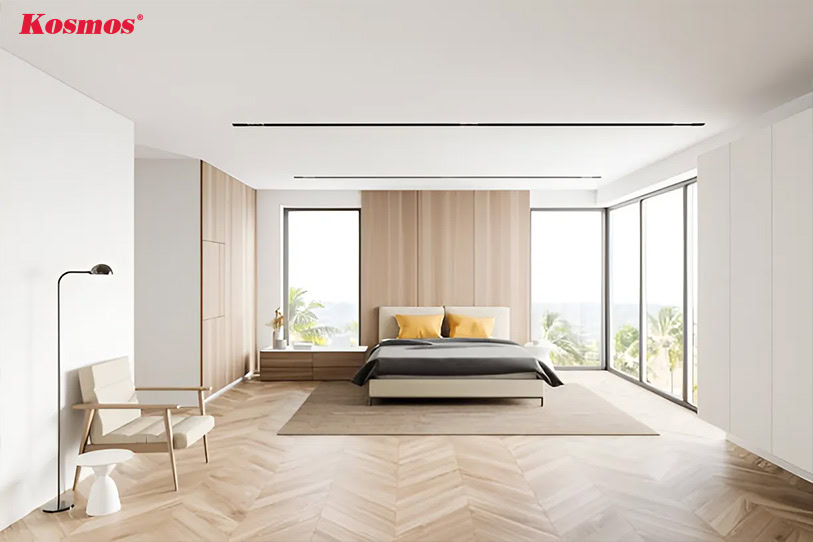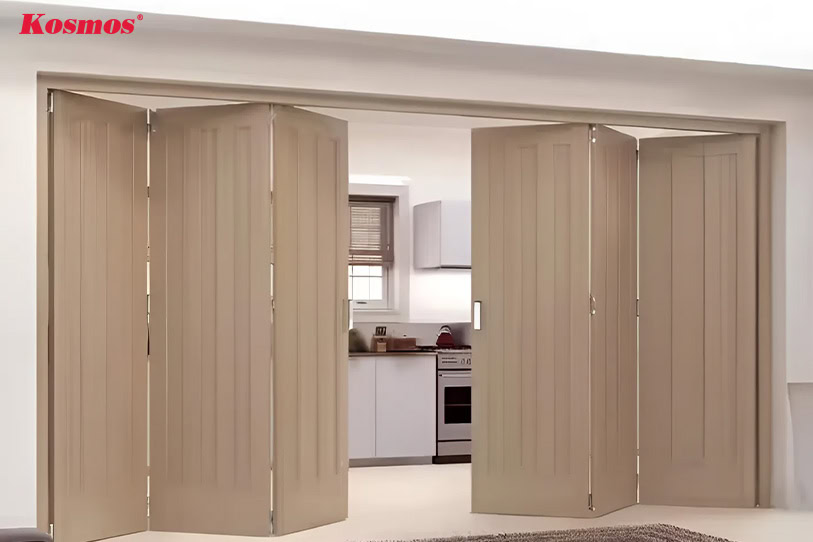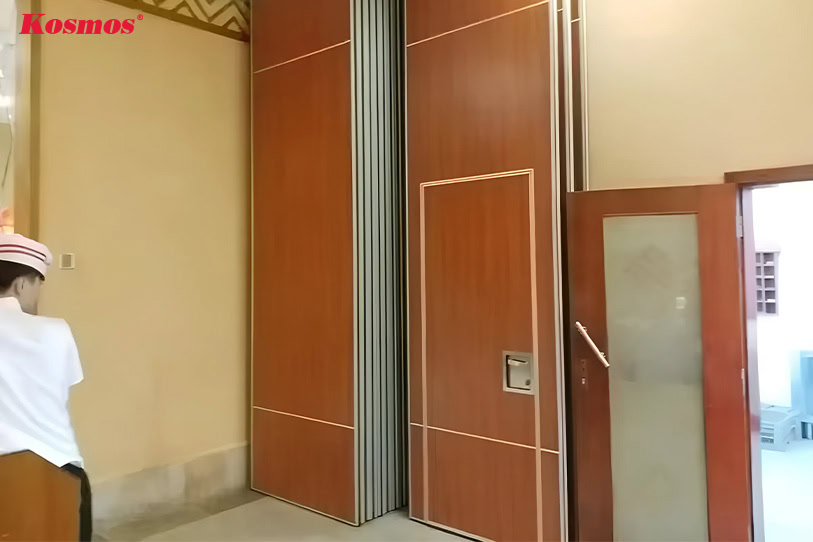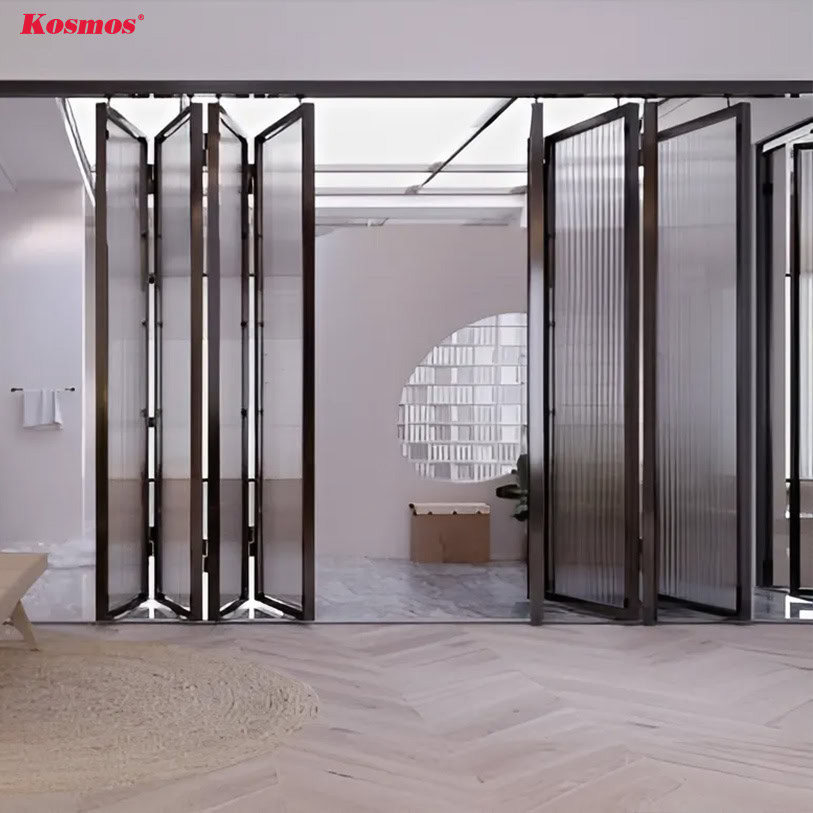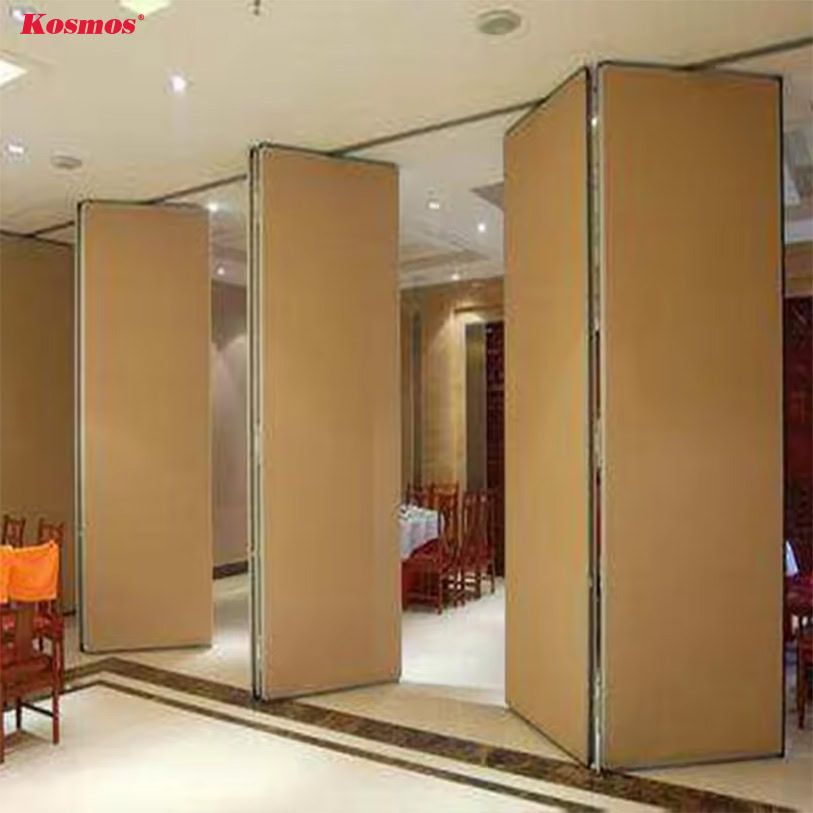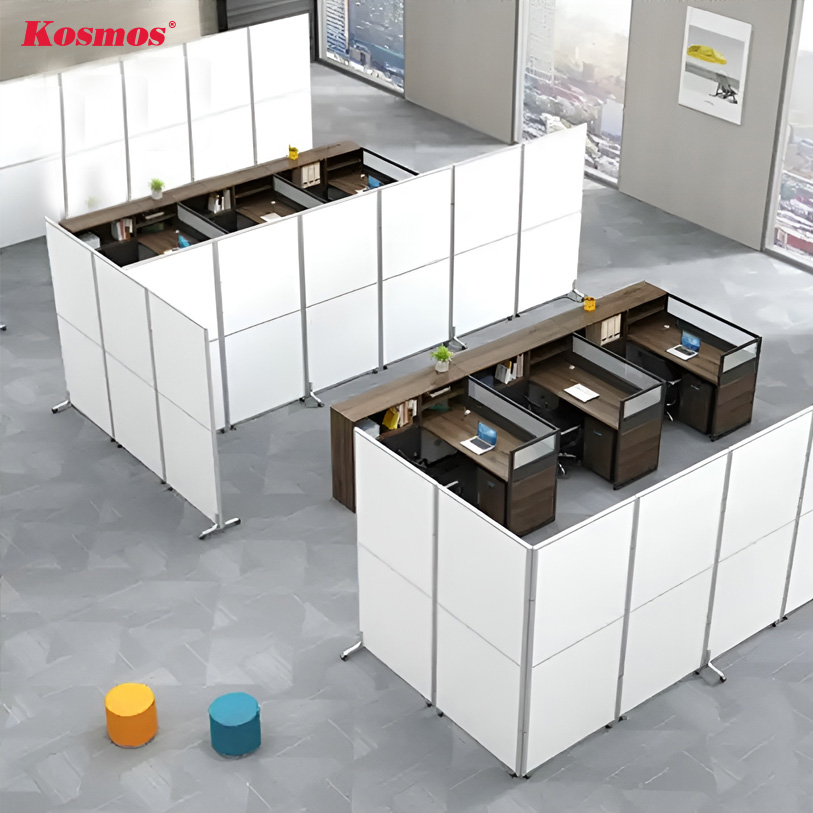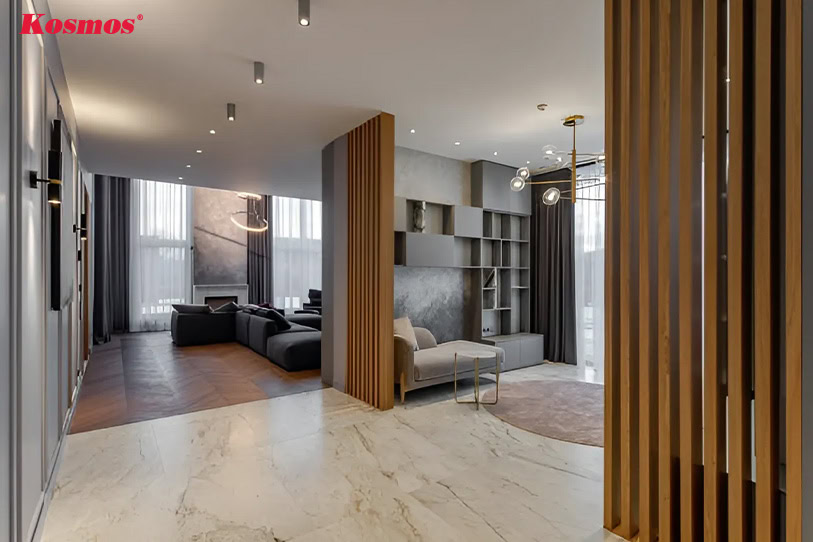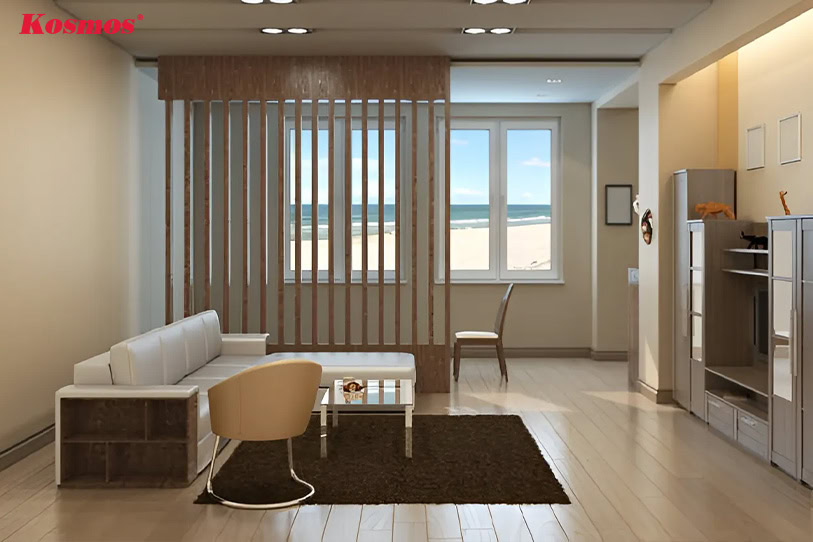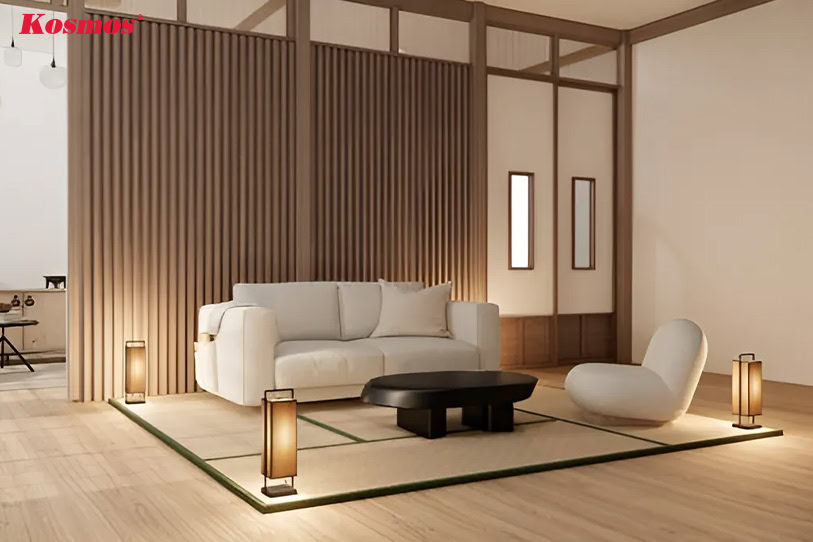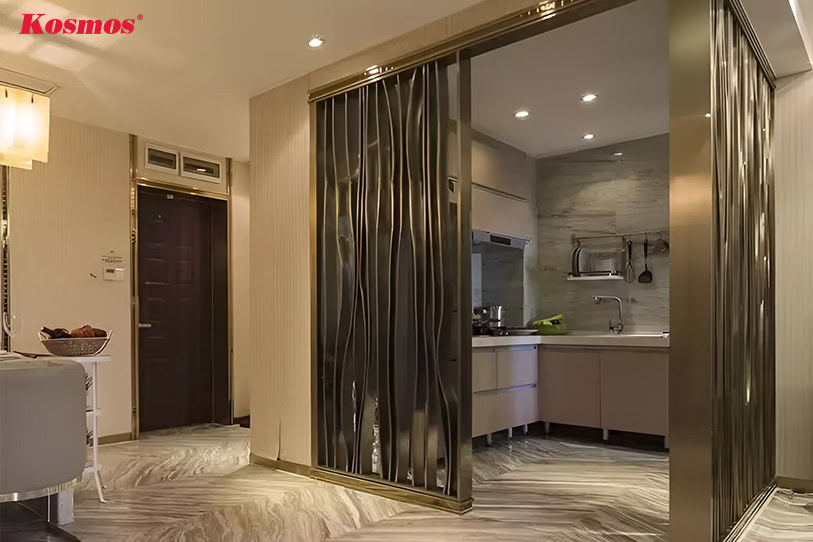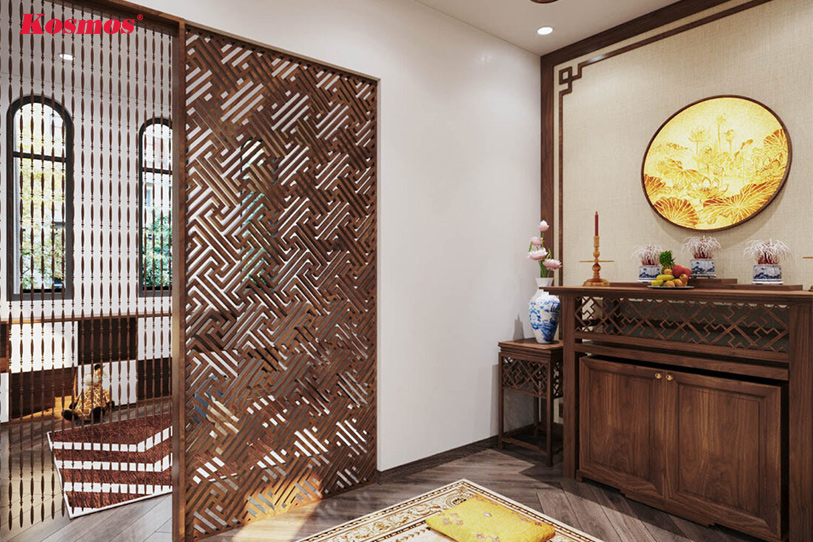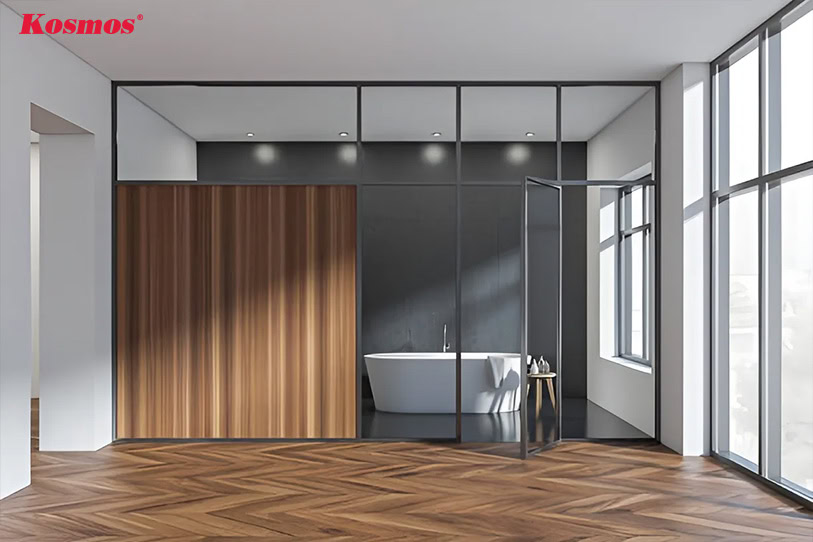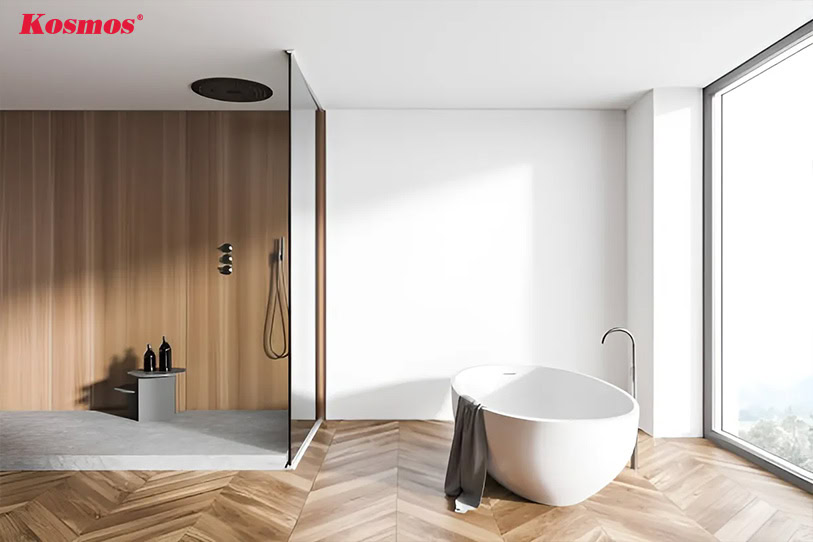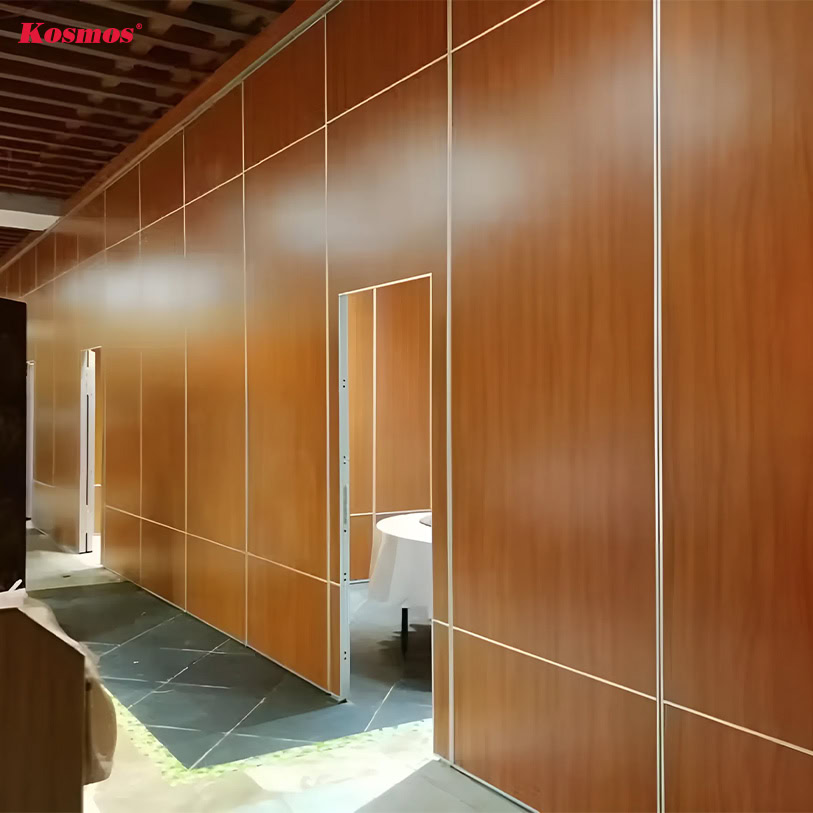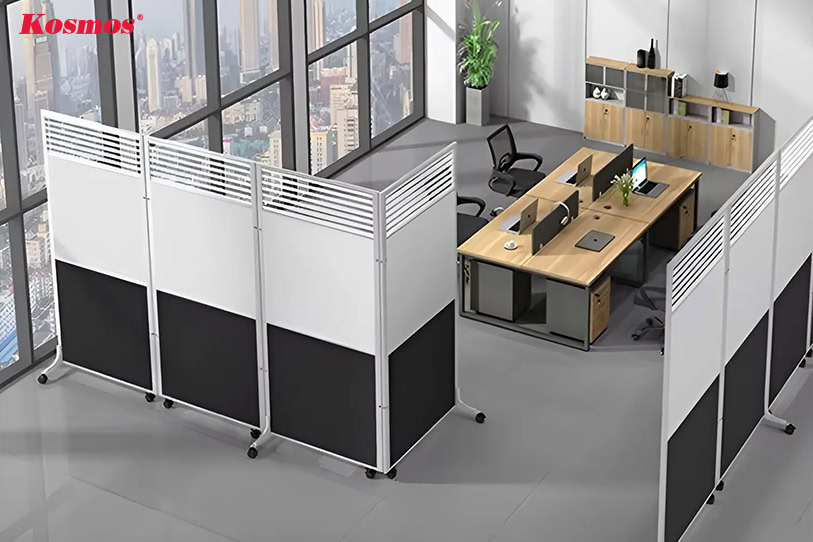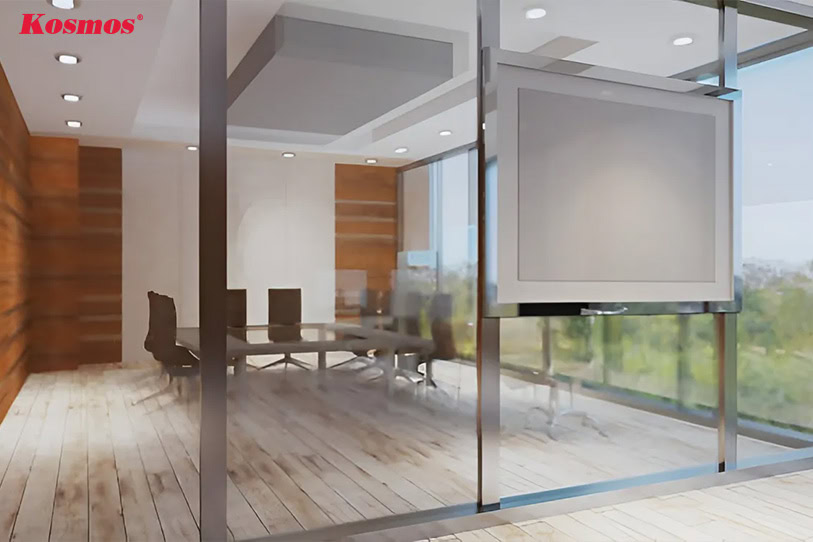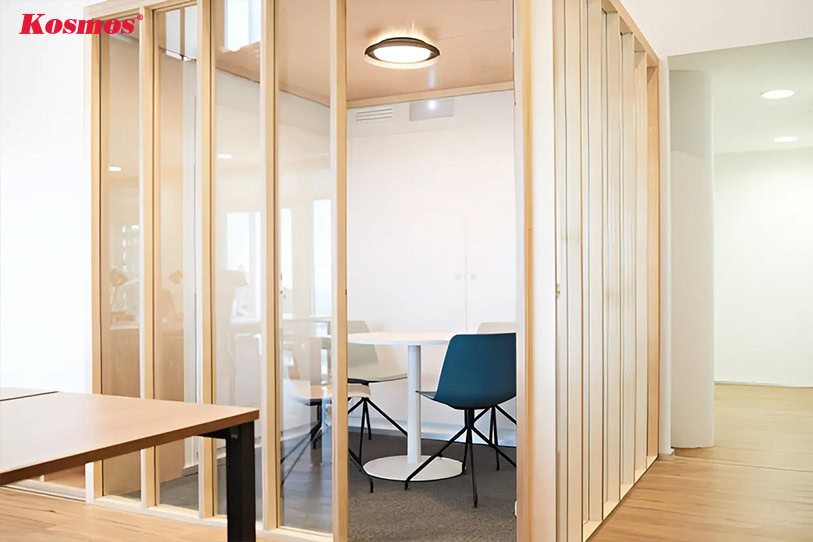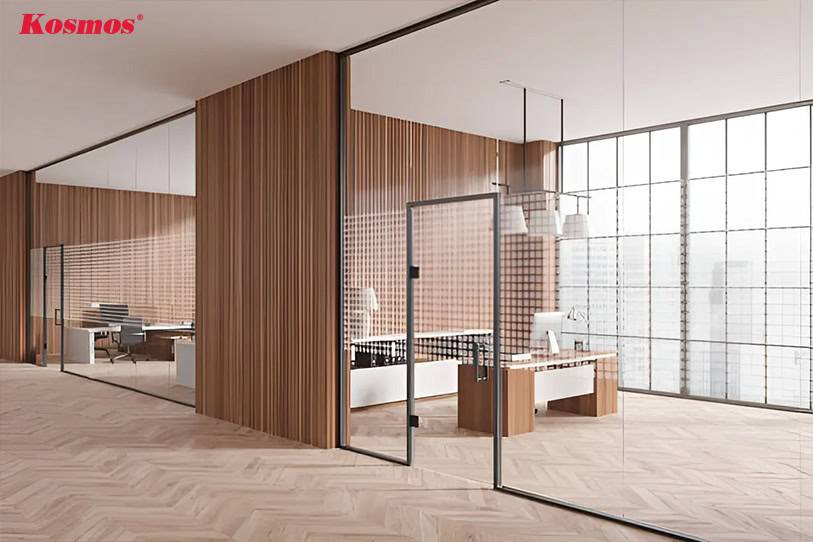
WHAT IS A PARTITION?
According to the 2022 study "The need to use room dividers of boarding house tenants" by Hanoi University of Architecture in 80, up to XNUMX% of boarding house tenants want to use room partition curtains to create privacy and privacy. comfortable.
Besides the ability to divide space, room dividers also have many other advantages such as: reducing noise, creating decorative accents, blocking light, blocking air conditioning, creating privacy and high flexibility.

List of partition products
Get product quote
Please choose retail or agent quote type below!
Bulkhead panel newsletter

Galawood double-sided plastic partitions: Structure, size, advantages, applications, collections
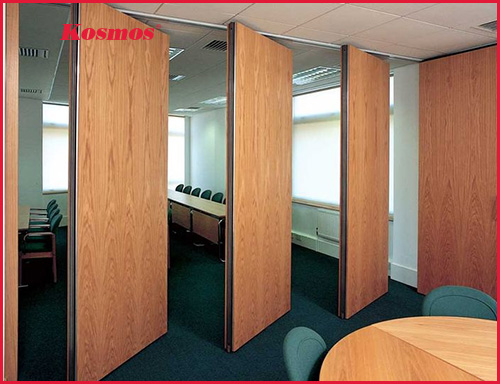
Plastic partitions: Classification, advantages and disadvantages, applications, prices, beautiful models

15+ models of beautiful and luxurious altar room partitions from the living room
Room dividers: classification, advantages and disadvantages, applications
A room divider is a wall panel made of plastic, wood, glass, plaster, fabric, bamboo, concrete, brick, metal, stone or simply a piece of furniture (cabinets, curtains) that is placed to divide areas in the interior.
Boarding houses are the most popular places to make room dividers because they save space and are easy to install.
“80% of boarding house tenants want to use room partition curtains to create privacy and comfort” – According to Research on the Need for Room Dividers of Boarding House Tenants” (Source: Hanoi University of Architecture Noi, 2022).

Types of room dividers divided by material are:
- Plastic partition
- Wood paneling
- Glass partition
- Plaster partition
- Fabric partitions
- Bamboo partition
- Concrete partition
- Brick partition
- Metal partition
- Natural stone partitions

Types of beautiful room dividers divided by design are:
- CNC partition
- Fixed partition
- Mobile partition
- Folding partition
- Sliding partition
- Screen partition

There are many types of partitions manufactured with special features such as:
- Soundproof partition
- Antibacterial partition
- Fireproof partitions
- Load-bearing partition

Using room dividers is a smart way to save space in the house. Besides the ability to divide space, they also have advantages such as: reducing noise, creating decorative highlights, blocking light, blocking air conditioning, creating privacy, and high flexibility. However, they are not as soundproof and load-bearing as a solid wall.

People often make room dividers for areas such as: living room, kitchen, bedroom, altar room, toilet, eatery, restaurant, hotel.
Classification of room partitions
On the market, room dividers are classified in 3 ways:
- Sort by material
- Classified by design
- Sort by features
Sort by material
Types of materials used to make room dividers are: plastic, wood, glass, plaster, fabric, bamboo, concrete, brick, metal, stone.
Plastic partition
Plastic partitions are room partitions made of PVC, Acrylic (PMMA, mica), Polycarbonate (PC) or composite plastic (plastic mixed with wood powder) designed in a variety of sizes and patterns.
Hard PVC plastic is also produced in the form of hollow cylinders, erected in rows to make open space partitions. We can find this type of product under the name "wood imitation plastic bar".
Wood paneling
Wooden partitions are room partitions made of natural wood (Oak wood, Rubber wood, Red Oak wood) or industrial wood (HDF, MDF). They are installed in large panels or processed into many different designs, bringing a warm and intimate beauty to the living space.
Glass partition
Glass partitions are partitions made of tempered glass or double-layer safety glass with a thickness of 5 - 21mm. This type of wall is built on a frame made of shaped aluminum bars (aluminum profile bars), high-quality steel or stainless steel. Using glass as a partition helps us have a wider field of view, creating a spacious feeling for the space and bringing a modern style.
Currently, aluminum glass partitions (glass partitions built on aluminum frames) are the most used, mostly using imported xingfa aluminum.
Plaster partition
Plasterboard partitions are room dividers made of plasterboard and a load-bearing metal frame. During construction, the plaster panels are assembled on the skeleton, then covered with a layer of water-resistant paint.
Fabric partitions
Fabric partitions are room dividers made of MDF boards/glass panels/soft rubber panels covered with felt on the surface, or simply fabric screens commonly found in clinics (fabric panels are fixed). on aluminum frame), fabric curtain panels.
Bamboo partition
Bamboo partitions are room dividers made of bamboo or bamboo, creating a rustic, close-to-nature feeling for the space and making a strong impression on the viewer. Not to mention bamboo is very durable. They are often applied to restaurants and businesses to create highlights.
Concrete partition
Concrete partitions are space dividing partitions covered with lightweight concrete panels (light cement panels). The inside of the panel is reinforced with steel mesh so the structure is guaranteed even if the length is up to 6m. There are 3 types of lightweight concrete panels for walls:
- EPS lightweight concrete panels.
- CLC (cellular lightweight concrete) lightweight concrete panel.
- Autoclaved Aerated Concrete panels (Autoclaved Aerated Concrete).
Using lightweight concrete panels as partitions helps prevent fire up to 240 minutes and noise protection up to 43dB. The panels are light in weight, only ⅓ of hollow bricks and ⅕ of regular concrete panels, helping to significantly shorten construction time.
Brick partition
This room divider is usually made from ventilation bricks or translucent bricks.
- Ventilated tiles (wind cotton tiles, wind cotton tiles, ventilation tiles) are tiles made of cement or terracotta, with a hollow design to catch wind and light. Ventilated brick partitions are often used to create a feeling of airiness and spaciousness for the space.
- Translucent bricks (light-transmitting glass bricks) are bricks made of glass, transparent so light can easily pass through. Translucent glass tile partitions are often used to make the space brighter and more spacious. In addition, this type of tile has the ability to reduce heat from the environment by up to 52%, resisting heat better than regular glass.
Metal partition
This is a space dividing wall made of metal, stainless steel or aluminum. They are highly sturdy, easy to clean, and do not rot like wood or are damaged by water. The product can be placed in many different areas such as: living room, bedroom,... bringing a luxurious and modern feeling.
Natural stone partitions
Using natural stone to cover the TV wall and living room partition helps the house become more luxurious. In addition to using natural marble, we can use stone paintings, translucent stones or imitation stone plastic panels instead. Currently on the market, symmetrical stone patterns are very popular as partitions.
Classified by design
Common partition designs are:
- CNC walls
- Fixed wall
- Mobile wall
- Folding partition
- Sliding partition
- Screen wall
CNC partition
CNC partitions are walls processed using a CNC Computerized Numerical Control machine (roughly translated: computer numerical control). Because it is programmed by computer before being put into the automatic cutting machine, this type of wall has sophisticated patterns and high precision. It is made from many different materials such as wood, plastic, plaster, glass or iron.
Fixed partition
Fixed partitions are partitions that are fixed to the wall or floor and cannot be moved.
Mobile partition
Mobile partitions are a type of partition that can be easily moved, changed position and folded (stowed).
Folding partition
Folding partitions (folding partitions) are a type of mobile partition that can be easily folded/stowed when not in use. It is divided into two types: folding on rails or rolling on the floor.
Sliding partition
Sliding partitions (sliding door partitions) are a type of partition that can slide on rails to move to one or both sides. Hanging rails are made from stainless steel or aluminum, arranged from 1 to 2 rails depending on the area.
Screen partition
This is a type of mobile partition, usually made up of 3 to 4 vertical rectangular wall panels, connected together by hinges. Each wall panel is fixed by a sturdy base, helping them stand firmly and move easily. The screen can be folded away when not in use, providing flexibility in dividing space and creating privacy.
Sort by features
The special features of partitions are: soundproofing, antibacterial, fireproof, and load-bearing.
Soundproof partition
This is a specially designed partition to prevent sound from passing through. It is often used to create a quiet environment in recording studios, meeting rooms, bedrooms or any space where quiet is needed. There are many types of materials that can make soundproof walls such as wood, plastic, glass and plaster.

Antibacterial partition
This is a specially designed partition to prevent the penetration and growth of bacteria and mold. In a medical setting, infection control is a top priority. Using antibacterial partitions (antibacterial panels) contributes to protecting the health of patients and medical staff.
Antibacterial Panel is made up of 3 layers:
- 2 layers of corrugated iron: Made from galvanized or stainless steel corrugated iron, which protects the inner foam core layer. The thickness of the corrugated iron layer is usually from 0.35 to 0.6 mm, the surface can be flat or corrugated, and the colors are diverse.
- 1 layer of foam: Located between 2 layers of corrugated iron, has the effect of soundproofing, heat insulation, fireproofing and antibacterial. The foam layer is usually made from EPS, PU, XPS, PIR,... with a thickness of 40 to 200 mm, each type has its own outstanding characteristics.

Fireproof partitions
This is a partition made of fireproof material, capable of preventing or slowing the spread of fire in case of fire. Based on the structural material, fireproof partitions are divided into types: fireproof plasterboard walls, fireproof panel walls, fireproof glass walls, etc. Each type has its own advantages and disadvantages, suitable for each purpose of use. .

Load-bearing partition
Load-bearing partitions are walls made from load-bearing cemboard panels, this is a construction material made from Portland cement, super-fine sand, natural cellulose fibers and lime powder.

The 8mm thick load-bearing cemboard can bear up to 80kg/cm2. Meanwhile, bricks can usually only withstand a load of up to 30kg/cm2. Comparing based on these numbers, it can be seen that the durability and bearing capacity of cemboard panels are many times superior to bricks.
Advantages of room dividers
The advantages of room dividers are:
- Noise reduction
- Create decorative accents
- Shield the light
- Prevent air conditioning
- Create privacy
- Highly flexible
Noise reduction
Some types of partition panels have the ability to absorb and reduce noise, creating a quiet and private environment for each area. This is especially useful for apartments, where noise from other rooms can be a nuisance.

Create decorative accents
Partitions come in many different styles, colors and materials, making it easy for us to choose a product that matches the design style of the room. Beautiful partitions will create decorative highlights, making the space more lively and impressive.

Shield the light
Partitions can be used to block light from windows, creating a private and comfortable space. This is especially useful for bedrooms or work areas that require concentration.
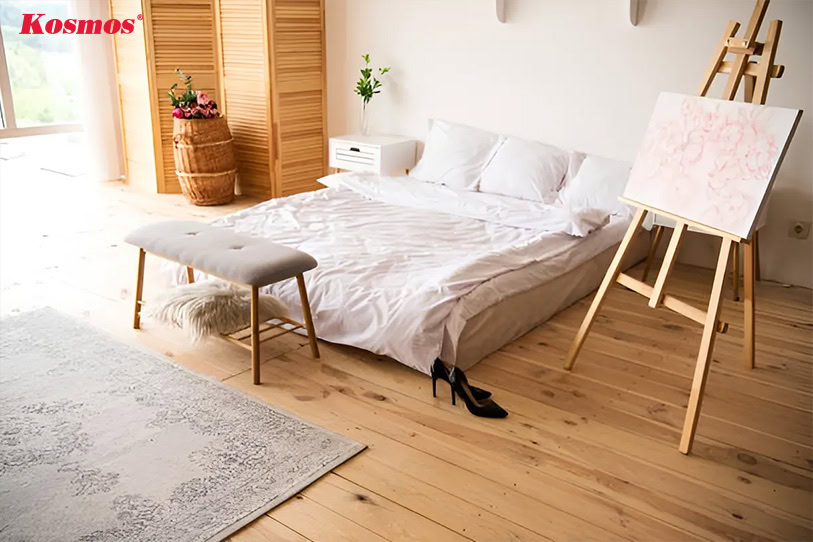
Prevent air conditioning
Using high-tight partition curtains can prevent air-conditioned air from spreading throughout the room, helping to save energy and create a cool, comfortable environment for each area.

Create privacy
Partitions create privacy for each area, helping you comfortably work, study or rest without being affected by noise, light or looks from other areas.

Highly flexible
Room dividers are easy to install and dismantle, convenient for moving or changing layouts.

Disadvantages of room dividers

Limited soundproofing ability
Most partitions often have poor sound insulation. This can cause inconvenience if you need a quiet space to work or rest.
Durability and bearing capacity are not high
Compared to solid walls, room dividers have a low bearing capacity. This can cause problems if there is a strong impact.
Application of room dividers

Guest room dividers
A living room partition is a type of partition used to divide the living room space into separate areas, such as a seating area, dining area or work area. They separate the living room from the stairs and kitchen.
Kitchen partition
A kitchen partition is a type of partition used to divide the kitchen space and other areas in the house, such as the living room, dining room or hallway.
Bedroom partition
A bedroom partition is a type of partition used to divide the bedroom space into separate areas, such as the sleeping area, work area or dressing area.
The partition of the worship room
The altar room partition (altar partition) is the wall that divides the worship space from the surrounding area. It not only creates distinction and solemnity for the place of worship but also shows the respect of children and grandchildren towards their ancestors.
Toilet partition
A toilet partition is a type of partition used to divide the toilet space into separate areas, such as the shower area, toilet area and lavatory area.
Partition walls for eateries, restaurants, hotels
Partitions can be used to divide space in food service and accommodation businesses. Facility owners can choose the type of partition that suits their design style and usage needs.
Office partition
Office partitions are a type of partition used to divide a company office into separate areas, such as individual work areas, group meeting areas or reception areas.
Frequently asked questions about room dividers
Do room dividers require construction permits?
Partitioning and making walls inside the house that do not affect the load-bearing structure (false walls, plastic walls, semi-permanent walls) do not require a construction permit.
Do room dividers affect feng shui?
Yes, room dividers can affect the feng shui of the house because it can affect the flow of energy in the space. Partitions can help add vitality and attract wealth to the house if arranged properly.
The difference between wood-imitation plastic partitions and wooden partitions
| Function | Wooden imitation plastic partitions | Wood paneling |
| Material | PVC resin | Natural wood or industrial wood |
| Cost-saving | ⭐⭐⭐⭐⭐ | ⭐⭐⭐⭐ |
| Force-resistance | ⭐⭐⭐⭐ | ⭐⭐⭐⭐⭐ |
| Water resistance | ⭐⭐⭐⭐⭐ | ⭐⭐⭐ |
| Fire resistance | ⭐⭐⭐⭐⭐ | ⭐⭐⭐ |
| Easy to build | ⭐⭐⭐⭐⭐ | ⭐⭐⭐⭐ |
| Maintenance | ⭐⭐⭐⭐⭐ | ⭐⭐⭐ |
| Aesthetics | ⭐⭐⭐⭐⭐ | ⭐⭐⭐⭐⭐ |
Wood grain is the most popular partition model today. Using imitation wood plastic or natural wood as partitions creates a cozy feeling for the space.
The difference between mobile partitions and fixed partitions
| Function | Mobile partition | Fixed partition |
| flexible | ⭐⭐⭐⭐⭐ | ⭐⭐⭐ |
| Save space | ⭐⭐⭐⭐⭐ | ⭐⭐⭐ |
| Easily change position | ⭐⭐⭐⭐⭐ | ⭐⭐⭐ |
| Diverse in designs and colors | ⭐⭐⭐⭐⭐ | ⭐⭐⭐⭐⭐ |
| Soundproofing ability | ⭐⭐⭐ | ⭐⭐⭐⭐ |
| Create privacy | ⭐⭐⭐ | ⭐⭐⭐⭐ |
| Reliability | ⭐⭐⭐ | ⭐⭐⭐⭐ |
| Installation fee | ⭐⭐⭐⭐ | ⭐⭐⭐⭐ |
There are many materials used to make room dividers. They can be fixed in one location or easily portable and foldable. Using room dividers helps clearly define activity areas, create privacy and highlight the space. Kosmos Vietnam is a warehouse specializing in finding new interior and exterior decoration materials. We are ready to advise you on material information via phone number. 0981.53.50.59.
You will receive quotation advice with the latest models and notes when constructing plastic partitions when entering the information below.
Kim Hoa is an expert in interior and exterior decorative materials at Kosmos Vietnam. She has professional knowledge of interior design and loves finding creative ways to optimize space with simple construction decoration materials such as wood, stone, bamboo, brick and plastic.
Kim Hoa Regularly participate in seminars and exhibitions on interior decoration materials to update the latest trends, as well as to learn more about interior decoration materials. Meet interior and exterior designers, architects, and material experts to continuously learn. She also actively shares her knowledge and experience on social media channels such as Facebook, YouTube, Tiktok... with more than 100 thousand followers.
Mission of Kim Hoa not merely providing information, but also ensuring that All information posted is quality, has in-depth investment and is most useful to viewers.
